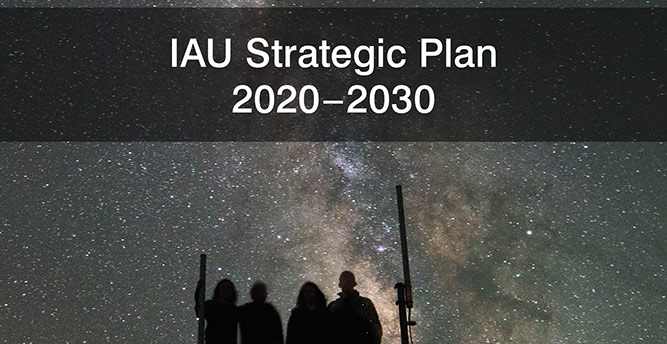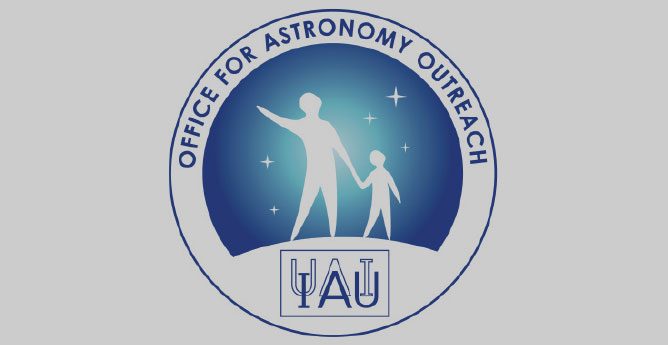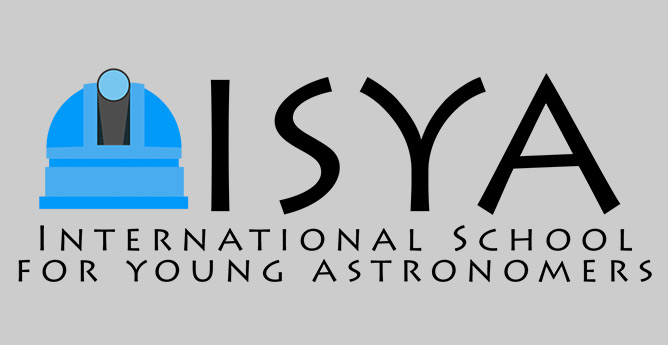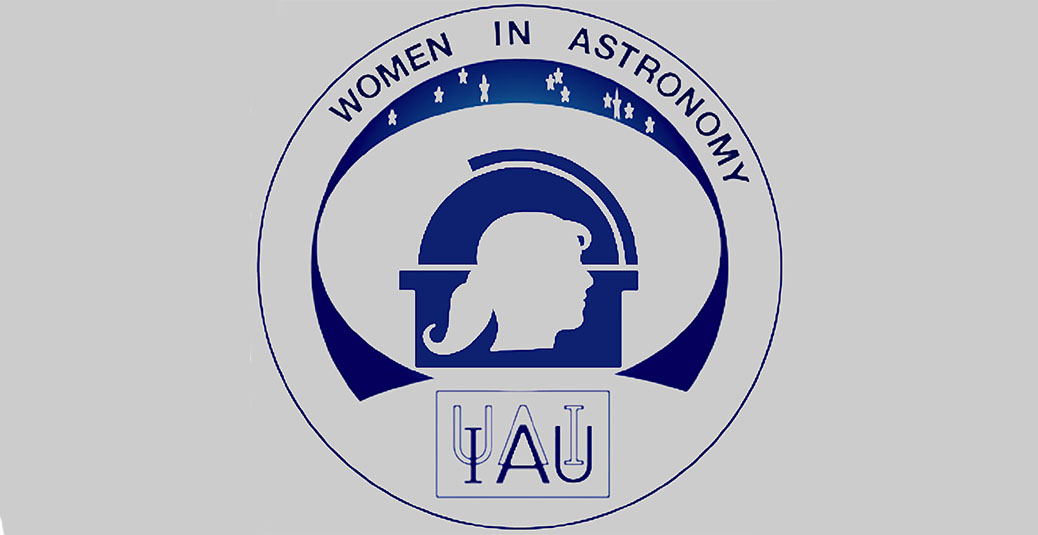- News
- Science
- Scientific Bodies
- Divisions
- Commissions
- Commission A1 Structure
- Commission A2 Structure
- Commission A3 Structure
- Commission A4 Structure
- Commission B1 Structure
- Commission B2 Structure
- Commission B3 Structure
- Commission B4 Structure
- Commission B5 Structure
- Commission B6 Structure
- Commission B7 Structure
- Commission C1 Structure
- Commission C2 Structure
- Commission C3 Structure
- Commission C4 Structure
- Commission C5 Structure
- Commission D1 Structure
- Commission E1 Structure
- Commission E2 Structure
- Commission E3 Structure
- Commission E4 Structure
- Commission F1 Structure
- Commission F2 Structure
- Commission F3 Structure
- Commission F4 Structure
- Commission G1 Structure
- Commission G2 Structure
- Commission G3 Structure
- Commission G4 Structure
- Commission G5 Structure
- Commission H1 Structure
- Commission H2 Structure
- Commission H3 Structure
- Commission H4 Structure
- Commission J1 Structure
- Commission J2 Structure
- Commission J3 Structure
- Commission X1 Structure
- Commission X2 Structure
- Past Commission Organising Committees
- Working Groups
- Centres
- Scientific Meetings
- Rules & Guidelines
- General Assemblies
- Meeting Proposals
- Future IAU Meetings
- General Assemblies
- EC Meetings
- Officers' Meetings
- Regional Meetings
- Symposia
- Focus Meetings
- Institutional Meetings
- IAU Offices Meetings
- IAU-Sponsored Meetings
- Letters of Intent submitted for 2024
- Letters of Intent submitted for 2023
- Letters of Intent submitted for 2022
- Letters of Intent submitted for 2021
- Letters of Intent submitted for 2020
- Past IAU Meetings
- Templates
- Other Meetings
- Grants & Prizes
- Scientific Bodies
- Publications
- IAU Publications
- IAU Strategic Plan
- Symposia
- WGSBN Bulletins
- Regional Meetings
- Information Bulletins/Catalyst
- E-Newsletters
- Focus Meetings
- Transactions A
- Transactions B
- Related Publications
- GA Newspapers
- CAPjournal
- IAU Books
- Brochures
- IAU Offices
- WG Reports
- Commission Reports
- Division Reports
- Past IAU Publications
- Rules, Guidelines and Instructions for Proceedings
- Publishers
- IAU Publications
- Administration
- About the IAU
- Statutes & Rules
- IAU Policies
- IAU Executive Bodies
- IAU Secretariat
- Resolutions
- Members Administration
- Administrative Dates & Deadlines
- International Organisations Relations
- Donate to the IAU
- Training in Astronomy
- Astronomy for Education
- Astronomy for Development
- Astronomy for the Public
- Office for Astronomy Outreach
- FAQ
- Themes
- Satellite Constellations
- Astronomy in Everyday Life
- How to Report a Discovery
- Careers in Astronomy
- Defining our Place in the Cosmos
- The Constellations
- Light Pollution
- Measuring the Universe
- Near Earth Objects
- How to Participate in Astronomy Research
- Naming of Astronomical Objects
- Naming of Exoplanets
- Buying Star Names
- Naming Stars
- Pluto and the Solar System
- IAU Member Statistics
- Our Moon: the Moon
- Meteors & Meteorites: The IAU Definitions of Meteor Terms
- UNESCO-IAU Portal to the Heritage of Astronomy
- Social Media
- Past Events
- Call for Online Resources
- Astronomy@Home Awards
- Contact
IAU Symposia
IAUS 314: Young Stars & Planets Near the Sun
Start date/time
May 11, 2015
End date/time
May 15, 2015
Place
Atlanta, Georgia,
United States
Contact
Joel Kastner
jhk@cis.rit.edu
Event website
Coordinating Division
Division G Stars and Stellar Physics
Co-Chairs of SOC:
Joel Kastner (Rochester Inst. of Tech.)
Anne-Marie Lagrange (IPAG)
Co-Chairs of LOC:
Sebastien Lepine (Georgia State U.)
Inseok Song (U. Georgia)
Russel White (Georgia State U.)
Topics
- Nearby (D<~100 pc), young (age 8-200 Myr) stellar associations and moving groups: their identification, ages, and origins
- What nearby, young moving groups can teach us about the early (8-200 Myr) evolution of low- to intermediate-mass stars
- How nearby, young moving groups inform us about the dispersal of protoplanetary disks and the origins of debris disks
- What we can learn about the early evolution of planetary systems from studies of members of nearby, moving groups
- The study of nearby young stars and planets: the likely impacts of new and future facilities
Rationale
The region surrounding the Sun out to a distance of ~100 pc is often described as the “local bubble” due to the relatively low density of the interstellar medium and an accompanying lack of regions of star formation. In the past two decades, research by many astronomers has revealed an abundance of post T Tauri stars and early type stars of comparable age inside of the bubble. Many of these stars have been classified as members of (~10) identified kinematic moving groups, whose ages range from ~8 Myr up to ~200 Myr. Because these stellar groups are so close to Earth, they provide some of the best samples available to astronomy to investigate the early evolution of low- to intermediate-mass stars. While these nearby, youthful stars are themselves of great interest to stellar astronomy, they also represent the most readily accessible targets for direct imaging (and other measurements) of dusty circumstellar debris disks and young, substellar objects -- i.e., newly formed brown dwarfs and, especially, planets. Indeed, <200 Myr-old stars within ~100 pc represent the best laboratories to study the conditions and timescales associated with protoplanetary disk evolution and the formation and early physical and dynamical evolution of planetary systems.
To exploit this potential for progress in understanding the early evolution of stars and planetary systems, we are proposing a 2015 IAU Symposium dedicated to the study of young stars and planets near the Sun. Our aim is to gather, for the first time, scientists working on nearby young stars from all of the important perspectives --- ranging from the identification, ages, and origins of local young moving groups, through the early evolution of low- to intermediate-mass stars, to the structures of nascent or recently formed exoplanet systems (i.e., the dispersal of protoplanetary disks, the nature of debris disks, and signatures of planet-disk interactions).
The five interrelated symposium themes we outline below are organized around the preceding fundamental areas, all of which are of intense interest in contemporary Galactic astronomy. Hence, the proposed symposium is relevant to multiple IAU Divisions -- in particular, Divisions G (Stars & Stellar Physics), F (Planetary Systems & Bioastronomy) and H (Interstellar Matter & Local Universe). We thus anticipate that the proposed symposium will have broad appeal, bringing together astronomers who might not normally attend the same conferences.
Theme 1: The identification, ages, and origins of nearby young stars and moving groups. The census of candidate members of local (D < 100 pc), young (<200 Myr-old) moving groups is rapidly expanding at present, thanks to new tools like the GALEX and WISE sky surveys and the availability of vastly expanded and refined proper motion catalogs. These data, taken together, can isolate young star candidates from the older, field population. There is now a need to assess the strengths and limitations of such methods, as well as of followup (usually spectroscopic) methods aimed at confirmation of stellar ages. We must better understand the nature and origin of local moving groups if we are to use their members as "benchmarks" -- e.g., to calibrate age-dating techniques or to constrain models of early stellar evolution -- or as probes of star formation and the processes whereby members of clusters and associations ultimately populate the field. The proposed symposium is well timed to both highlight and critically assess the latest techniques to establish moving groups, determine their ages (both relative and absolute), and define their membership, with special attention paid to their low-mass and substellar members. While the session devoted to Theme 1 will include reviews and discussions concerning stellar age-dating methods, the focus of the meeting will then turn to exploitation of nearby young stars for the study of the evolution of stellar rotation and activity (Theme 2), circumstellar disks (Theme 3), early planetary system evolution (Theme 4) and, finally, a look to the future of the study of nearby young stars and planets (Theme 5).
Theme 2: The early evolution of low- to intermediate-mass stars. Young moving groups within ~100 pc with well-established ages in the ~8-200 Myr range provide a growing sample of stars in close proximity that collectively represent a unique bridge between the many well-studied examples of more distant, very young (still cloud-embedded) clusters and relatively rich and nearby open clusters (e.g., Pleiades & Hyades). Nearby young stars and stellar groups hold great potential to shed light on longstanding problems in stellar evolution, such as: the rotation period distribution and angular momentum evolution of zero-age main sequence (MS) and young MS stars; the rotation/activity/age connection; the relationships between various means to measure stellar magnetic activity (i.e., X-rays, UV and optical emission lines, and radio emission); the poorly-understood physical links between such activity indicators and stellar magnetic fields themselves; and the effects of rotation on fundamental stellar parameters (e.g., gravities, effective temperatures). The emphasis of the symposium will be on those aspects of the above investigations in which nearby, young stars can supply the most leverage, via their relatively well-established ages and their relatively large fluxes received at Earth (which greatly facilitate, e.g., high spectral resolution and spectropolarimetric studies).
Theme 3: The dispersal of protoplanetary disks and the origins of debris disks. Members of nearby moving groups offer unparalleled opportunities to study, at close range, late-stage protoplanetary disk dissipation and planet-building processes within environments that are likely similar to that of the early solar system. There are 100 or more known dusty debris disks around young nearby stars. A handful of these are gas-rich and may be in transition from protoplanetary disks to debris disks (although other explanations for the presence of gas have been proposed), and thus represent important "missing links". These various systems span the range from intermediate-mass to the stellar/substellar boundary. Astronomers were guided to the discoveries of planets orbiting beta Pictoris and HR 8799 (Theme 4) by the debris disks orbiting these two stars. All young star/disk systems within ~100 pc represent prime thermal (and, in some cases, molecular line) imaging targets for ALMA and prime scattered-light imaging targets for the new generation of extreme AO systems (e.g., GPI and SPHERE). We expect to be able to highlight some of the best early work from these facilities -- including evidence for active planet formation and planet-disk interactions -- at our proposed symposium.
Theme 4: The early evolution of planetary systems. It is no coincidence that two of the most famous stars in the sky -- beta Pic and HR 8799 -- are both members of nearby, young (age ~20 and ~30 Myr, respectively) moving groups. In fact, these stars have achieved their leading astronomical stature as a consequence of their youth and proximity and, thus, the relative ease of obtaining direct images of their young (hence warm) giant planets. Our symposium will highlight the latest news on detections of young brown dwarfs and planets within ~100 pc, with emphasis on early results from, e.g., GPI and SPHERE. Reviews and discussions will assess whether and how these detections constrain models of giant planet formation (i.e., core accretion vs. gravitational instability), migration, and disk clearing -- and what these constraints, as well as observations of debris disks, imply for terrestrial planet formation and bombardment.
Theme 5: Prospects for advances in the study of nearby young stars and planets resulting from new and future facilities. We expect major strides in the study of nearby stars and moving groups in several key respects. Synoptic monitoring with Pan-STARRS, VISTA, and LSST will push the frontier of the study of young stellar activity out in distance and down in mass. The Gaia mission and LSST will result in a vastly expanded census of moving group membership, and will likely reveal additional nearby moving groups. Our high angular resolution view of the formation and evolution of extrasolar planets should improve dramatically, with the coming generation of extreme adaptive optics systems and JWST. Our symposium will feature reviews and discussions targeting each of these three areas.
TIMELINESS: Remarkably, with the exception of a March 2001 workshop held at NASA’s Ames Research Center with ~90 attendees (“Young Stars Near Earth: Progress & Prospects,” ASP Conf. Series, Vol. 244, eds. R. Jayawardhana & T. Greene; 2001), there has never been an astronomical meeting that has focused on youthful stars within 100 pc of Earth. Our proposed Symposium would finally bring the field up to date, 14 years later. Early 2015 will be a good time for such a meeting as results from new facilities --- in particular, high contrast imaging of planets, ALMA imaging of disks, and, perhaps, early GAIA astrometry for moving group members --- will be available.
AUDIENCE: The symposium will bring together scientists working on fundamental stellar parameters, young star evolution, circumstellar disks, and exoplanets, from both observational and theoretical points of view. The fresh perspective on the formation and early evolution of stars and exoplanets offered by the latest discoveries from new facilities and instrumentation will make our symposium especially attractive and important to students.
LOCATION/TIMEFRAME AND LOCAL ORGANIZATION: We propose to hold our symposium during late April, 2015 in the Atlanta, Georgia area. The area boasts vibrant cultural and culinary scenes and warm spring weather, and its airport is a major airline hub. The meeting would be organized and hosted by an LOC that is co-Chaired by Sebastien Lepine (Georgia State U.), Inseok Song (U. Georgia), and Russell White (Georgia State U.), all three of whom are experts in the study of nearby young stars and stellar associations. The SOC is presently evaluating the two alternative Atlanta-area sites proposed by the LOC (see “support letters”), and intends to decide between these options early enough in 2014 to begin reserving meeting facilities and hotel room blocks.

















